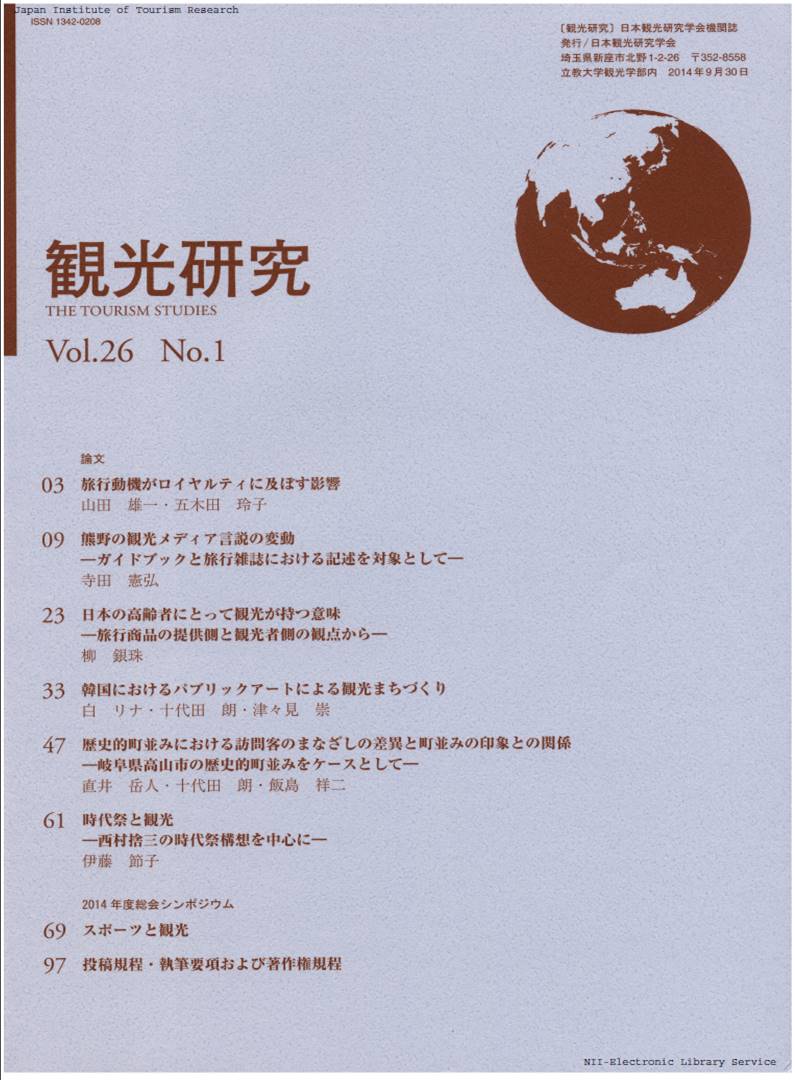Volume 32, Issue 1
Displaying 1-5 of 5 articles from this issue
- |<
- <
- 1
- >
- >|
Peer reviewed paper
-
2020 Volume 32 Issue 1 Pages 5-18
Published: September 30, 2020
Released on J-STAGE: April 01, 2021
Download PDF (1302K) -
2020 Volume 32 Issue 1 Pages 19-32
Published: September 30, 2020
Released on J-STAGE: April 01, 2021
Download PDF (2056K) -
2020 Volume 32 Issue 1 Pages 33-46
Published: September 30, 2020
Released on J-STAGE: April 01, 2021
Download PDF (1264K) -
2020 Volume 32 Issue 1 Pages 47-59
Published: September 30, 2020
Released on J-STAGE: April 01, 2021
Download PDF (1173K)
Note
-
2020 Volume 32 Issue 1 Pages 61-68
Published: September 30, 2020
Released on J-STAGE: April 01, 2021
Download PDF (1212K)
- |<
- <
- 1
- >
- >|
